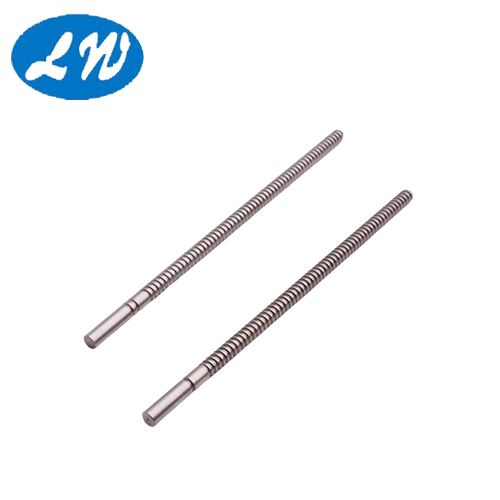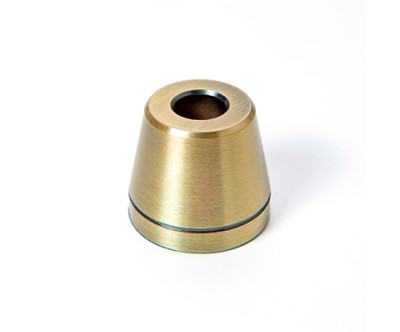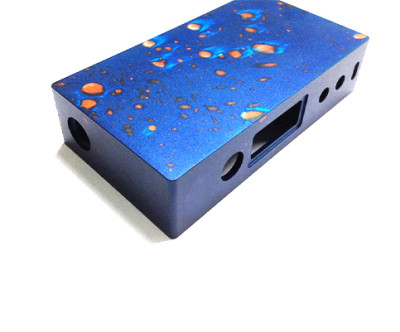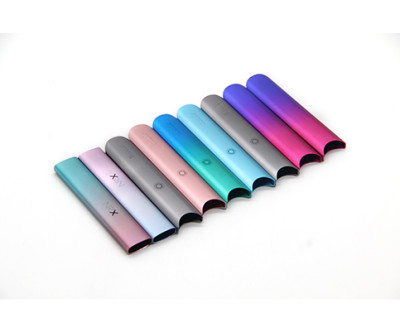Mechanical Shaft CNC Parts Processing: Precision, Innovation, and Efficiency
The world of CNC machining has revolutionized how industries approach the production of mechanical components. Among these, mechanical shafts play a critical role in various sectors like automotive, aerospace, and industrial machinery. Let’s explore how CNC technology shapes this process, emphasizing the key factors that make a difference.
Choosing the Right Material for Durability and Performance
Material selection is the first step in CNC machining for mechanical shafts. It's not just about picking a metal; it's about finding the right balance between strength, weight, and resistance to wear and corrosion. Take the aerospace industry, for example. Manufacturers often opt for titanium due to its excellent strength-to-weight ratio, which directly impacts fuel efficiency. A study by Materials Science and Engineering highlighted a 30% reduction in aircraft weight when switching to titanium, showcasing the importance of smart material choices.
Precision and Tolerance: Why Accuracy Matters
Precision is where CNC machining shines. When dealing with shafts that need to fit seamlessly into mechanical assemblies, even a 0.01 mm discrepancy can lead to issues. Medical device manufacturers are a great example, using CNC machines capable of tolerances as tight as ±0.002 mm. This precision has translated into more reliable surgical instruments, demonstrating how accuracy isn’t just a technical requirement—it’s a necessity for safety and efficiency.
Advanced Techniques Enable Complex Designs
Today's CNC machines are equipped with multi-axis capabilities, allowing for intricate designs that were once impossible to achieve. In the automotive sector, a manufacturer used 5-axis CNC machining to create complex shaft geometries, leading to a 25% reduction in assembly time. This flexibility enables engineers to push the boundaries of design without sacrificing performance, offering customized solutions for specific needs.
Surface Treatments that Go Beyond Aesthetics
While appearance matters, surface treatments for CNC-machined shafts are primarily about performance. Techniques like polishing or PVD coating significantly increase wear resistance. For example, an industrial company saw a 40% boost in durability when implementing specialized coatings, as documented in Surface and Coatings Technology. These treatments minimize friction and extend the lifespan of components, ensuring they perform reliably in harsh environments.
Stringent Quality Control for Flawless Results
In any high-precision field, quality control is non-negotiable. CNC-machined parts undergo rigorous inspection to ensure they meet tight specifications. A precision engineering firm implemented 3D Coordinate Measuring Machines (CMM) to inspect shaft dimensions, reducing defect rates by 15%. This kind of testing is crucial to delivering products that perform exactly as intended, reflecting the reliability CNC processes can achieve.
Balancing Cost and Quality in Mass Production
CNC machining is not just for prototypes or small batches. It’s also highly effective in mass production, combining cost-efficiency with quality. For instance, an electronics company used CNC processes for high-volume shaft manufacturing, achieving a 10% reduction in production costs without compromising quality. This balance makes CNC a go-to solution for industries that need consistent output at scale.
Tailoring Shafts for Unique Industrial Demands
Customization is a key advantage of CNC machining, allowing companies to create components tailored to their specific needs. A robotics manufacturer, for instance, required shafts with non-standard lengths and diameters for robotic arms. By using customized CNC processes, they achieved a 15% increase in manufacturing speed, directly contributing to higher productivity. This flexibility is a significant selling point for industries with specialized requirements.
Sustainable Practices in CNC Machining
Sustainability is increasingly important in manufacturing, and CNC machining contributes to more eco-friendly practices. An example comes from a production facility that implemented material-efficient techniques and recycled cutting fluids, reducing waste by 20%. By focusing on sustainability, companies can not only meet regulatory demands but also improve their environmental footprint—a growing priority for many sectors.
Conclusion
The role of CNC machining in mechanical shaft production is more significant than ever. From the careful selection of materials to the precision of multi-axis techniques, the process is all about creating reliable, high-performance components. Whether it’s the aerospace industry seeking lighter materials or robotics looking for custom solutions, CNC technology continues to push the limits of what’s possible. As the demand for precision and efficiency grows, the advances in CNC machining are likely to keep pace, bringing even more innovations to mechanical shaft production.



